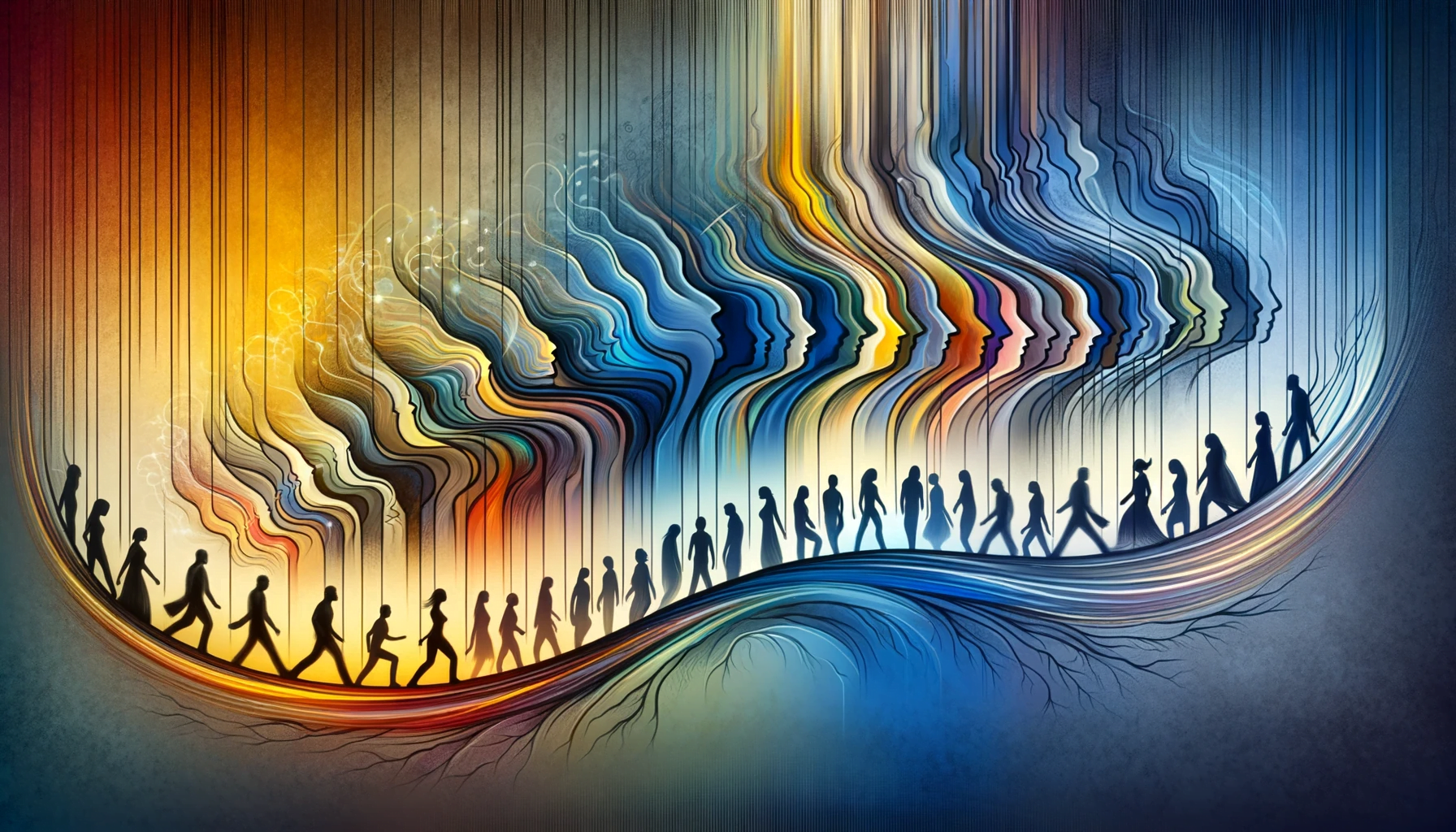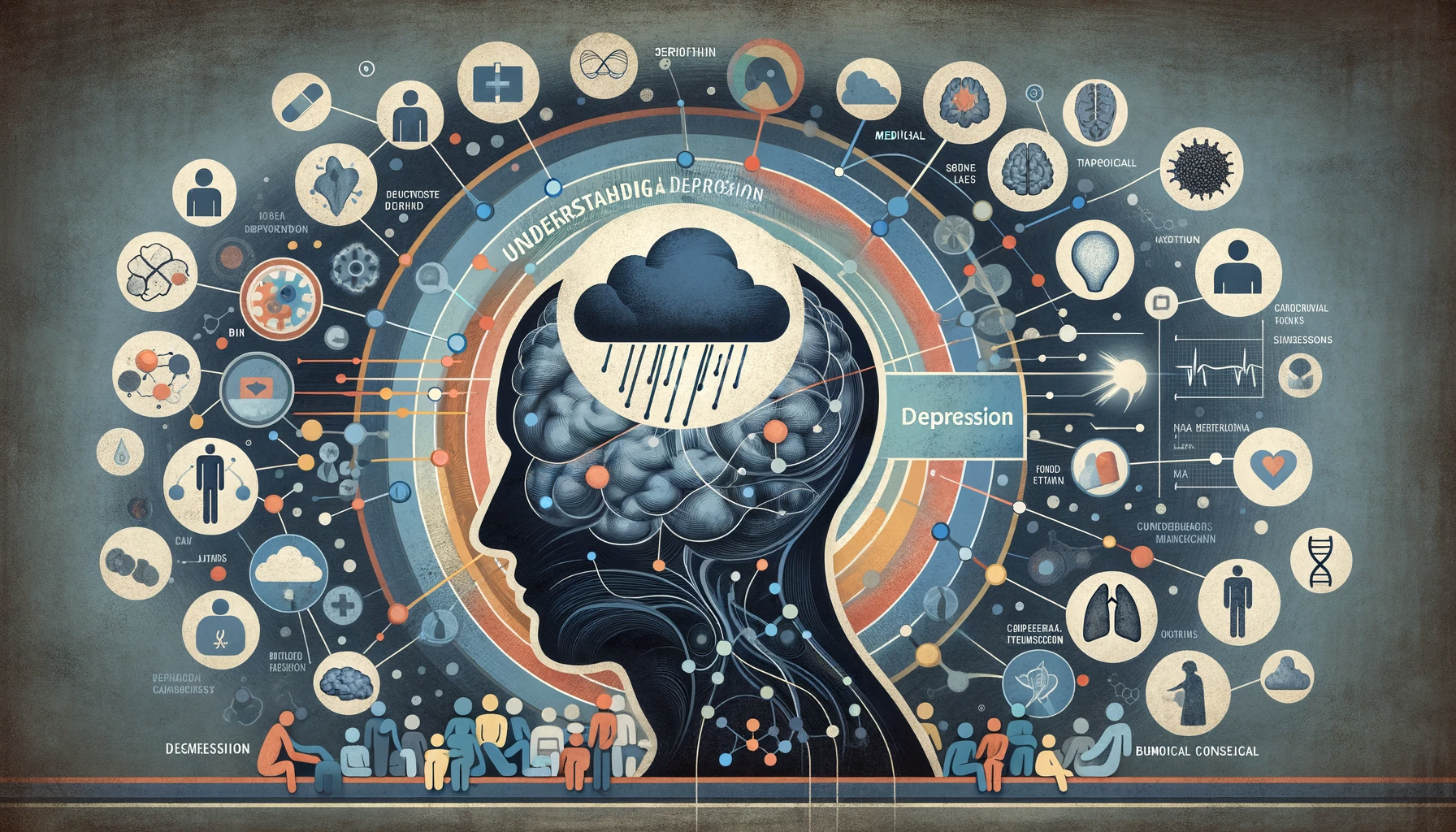Introduction:
Schizophrenia is a complex, chronic mental health disorder characterized by an array of symptoms, including delusions, hallucinations, disorganized speech or behavior, and impaired cognitive ability. It affects an individual’s ability to think clearly, manage emotions, make decisions, and relate to others. This article aims to offer an insightful understanding of schizophrenia, its impact on individuals, and the ongoing efforts to treat and manage it effectively.
What is Schizophrenia?
Schizophrenia is a severe mental disorder affecting how a person thinks, feels, and behaves. People with schizophrenia may seem like they have lost touch with reality, which can be distressing for the individual and for those around them. Despite being less common than other mental disorders, the symptoms can be very disabling.
Symptoms of Schizophrenia:
Symptoms are typically divided into three categories:
- Positive Symptoms: These include hallucinations (hearing or seeing things that are not there), delusions (false beliefs), thought disorders, and movement disorders.
- Negative Symptoms: These refer to a decrease or absence of ability to function normally. For example, the person may neglect personal hygiene or appear to lack emotion (doesn’t make eye contact, doesn’t change facial expressions, or speaks in a monotone).
- Cognitive Symptoms: These are subtle or severe changes in memory or other aspects of thinking. Symptoms might include poor executive functioning (the ability to understand information and use it to make decisions), trouble focusing, or problems with working memory (the ability to use information immediately after learning it).
Causes and Risk Factors:
The exact cause of schizophrenia isn’t known, but a combination of genetics, brain chemistry, and environment contributes to the development of the disorder. Risk factors include:
- A family history of schizophrenia.
- Increased immune system activation, such as from inflammation or autoimmune diseases.
- Older age of the father.
- Some pregnancy and birth complications, such as malnutrition or exposure to toxins or viruses that may impact brain development.
- Taking mind-altering (psychoactive or psychotropic) drugs during teen years and young adulthood.
Treatment and Management:
While there is no cure for schizophrenia, effective treatments can relieve many symptoms and significantly improve the lives of people with the disorder. Treatment with medications and psychosocial therapy can help manage the condition. In some cases, hospitalization may be needed. A psychiatrist experienced in treating schizophrenia usually guides the treatment. The treatment might include:
- Antipsychotic medications: These are usually the first-line treatment for schizophrenia. They are often effective in relieving symptoms of psychosis, such as hallucinations and delusions.
- Psychosocial treatments: After psychosis subsides, psychological and social (psychosocial) interventions are critical. These might include individual therapy, social skills training, family therapy, and vocational rehabilitation and supported employment.
- Coordinated specialty care (CSC): This is a relatively new type of service delivery that has been shown to be effective in improving outcomes for people with schizophrenia.
Living with Schizophrenia:
Living with schizophrenia is a lifelong journey of care and self-management. Along with treatment, support from family and friends is crucial. Education about the disorder and ongoing communication with the healthcare provider are key in managing schizophrenia. With the right treatment plan, individuals with schizophrenia can attend school, work, and interact with their community, striving toward personal goals.
Conclusion:
Schizophrenia is a challenging disorder that requires comprehensive care and support. Understanding the symptoms, acknowledging the need for early intervention, and adhering to a treatment plan can significantly improve the quality of life for individuals affected by schizophrenia. While the journey may be complex, with the right support and treatment, individuals with schizophrenia can lead fulfilling and meaningful lives.



